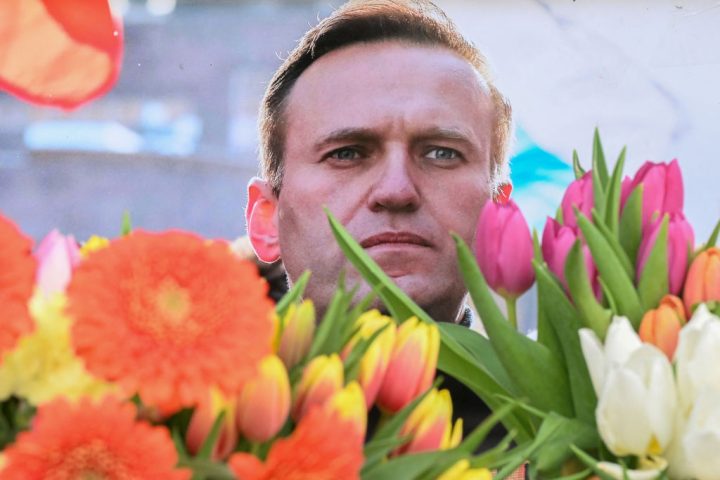Nine days after Alexei Navalny died in an Arctic prison colony, his body was finally handed over to his mother on Saturday for burial. The Russian authorities had been refusing to release his remains to her and his legal team while they claimed to be carrying out a ‘forensic examination’ to determine his cause of death.
Already a subscriber? Log in
Subscribe for just $2 a week
Try a month of The Spectator Australia absolutely free and without commitment. Not only that but – if you choose to continue – you’ll pay just $2 a week for your first year.
- Unlimited access to spectator.com.au and app
- The weekly edition on the Spectator Australia app
- Spectator podcasts and newsletters
- Full access to spectator.co.uk
Or




















Comments
Don't miss out
Join the conversation with other Spectator Australia readers. Subscribe to leave a comment.
SUBSCRIBEAlready a subscriber? Log in